By Susanne von Rosenberg, UC Master Gardener of Napa County
It's a wonderful time of year to be in the garden. Flowers are everywhere and cool-season vegetables are still yielding their bounty. There are too many shades of green to count, and the weather is nearly perfect for enjoying the outdoors. Now is also the time to take action to keep your garden happy and thriving into summer.
The soil has warmed up, so it's a great time to plant warm-season vegetable starts such as tomatoes, peppers, eggplants, melons and cucumbers. You can grow beans, squash, melons, cucumbers and corn from seed. The ideal time to plant melons and squash from seed is mid-May. These plants really prefer warm soil. Wait until the soil warms later in the month to mulch your vegetables. Flowers that you can plant directly from seed now include marigolds, cosmos, zinnias, nasturtiums and sunflowers. Keep the seed bed moist until the seedlings emerge and protect them from insects and birds, if needed.
It also time to replenish the mulch around your trees and perennial shrubs. For trees, extend the mulch one foot past the drip line and keep it at least three inches away from the trunk to avoid fungal diseases. Compost or bark chips make great mulch for trees and other perennials. If you have deciduous fruit trees, thin the fruit. It's best to remove the excess fruit before it reaches the size of a nickel. Your goal is to have enough room between fruits so they won't touch when mature, and of course you also want to make sure that branches aren't overloaded when the fruit is ripe.
We've had to water the garden already this year, but now water demand will increase rapidly. Your plants need about three times as much water from late June through late July as they do in April. Check your irrigation system to make sure all the emitters are working properly. If you're using a sprinkler, the next time you water set out a few cups or soup cans randomly distributed in the irrigated area. That will allow you to see how much water your sprinkler is actually delivering, and if you're getting even coverage.
How much do you need to water? If the soil is dry two inches down in your vegetable bed, then it's time to water. In other areas, depending on the types of plants, you can let the soil dry to a depth of three to six inches between watering. For trees, watch the local hillsides. When they turn golden (when the grasses dry out), it's time to water. Dry grasses mean the soil has dried to a depth of six inches or so.
If you have sandy soil, one inch of water will penetrate about one foot. In clay soil, it will penetrate about six inches. For trees, water should penetrate to a depth of at least two feet (80 percent of a tree's roots are in the top two feet), and no more than three feet. Master Gardeners recommend applying three to four inches of water (depending on your soil) to trees when you water. Then water them again every four to six weeks. Remember to check your soil and consider the temperature, wind and hours of daylight; adjust your watering as needed.
Drought-tolerant native plants do not need irrigation yet. Some of them will appreciate light irrigation in summer. It's important to know which native plants welcome a little water and which ones don't. You can kill a Fremontia (flannel bush) more than three years old by watering it in summer. Our native oaks also only need summer water during drought years.
May is a good time to fertilize annual plants, flowering shrubs, fruit trees and vegetables. Roses should be fertilized after their first big bloom. Place the fertilizer in an area that will receive water. Fertilizer needs moisture to break down and become available to plants. Most trees and shrubs do not need fertilizer unless they are showing signs of a deficiency.
Insects are thriving along with our plants. Insects reproduce more rapidly in warm weather. Keep an eye out for pesky ones. If you can prevent the first generation from reproducing (or at least cut way down on how many make it that far), then you can likely keep numbers down all summer. Also continue to pick slugs and snails (or use a non-toxic bait) and control earwigs and aphids.
Be vigilant about weeding as well. The smaller weeds are, the easier it is to remove them and the less damage uprooting them will cause to the roots of nearby plants. The most important thing is to keep weeds from setting seeds. If you remove weeds when they are flowering, either put the flowers into your yard waste or chop them up. Some weeds can form seeds if they have flowered before you remove them.
The UC Master Gardeners of Napa County are volunteers who provide University of California research-based information on home gardening. To find out more about home gardening or upcoming programs, visit the Master Gardener website (napamg.ucanr.edu). Our office is temporarily closed but we are answering questions remotely and by email. Send your gardening questions to mastergardeners@countyofnapa.org or leave a phone message at 707-253-4143 and a Master Gardener will respond shortly.
Attached Images:
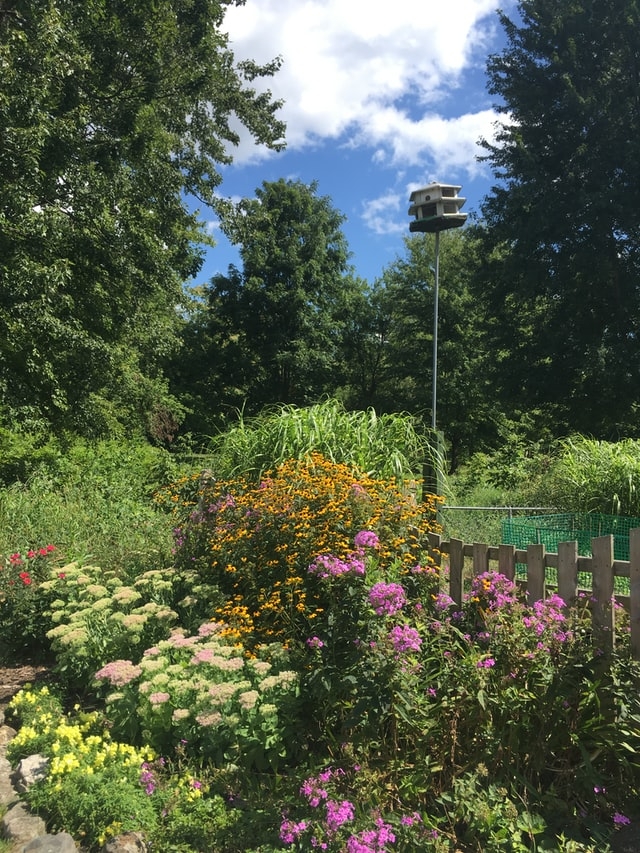
Spring flowers (Photo by teresa villalobos on Unsplash)
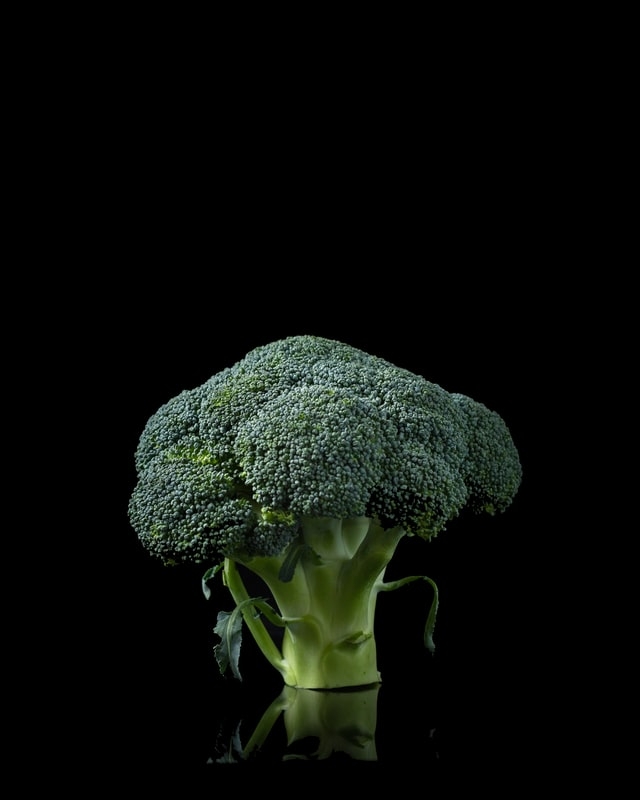
One of the winter vegetables . . .Broccoli (Photo by Mae Mu on Unsplash)
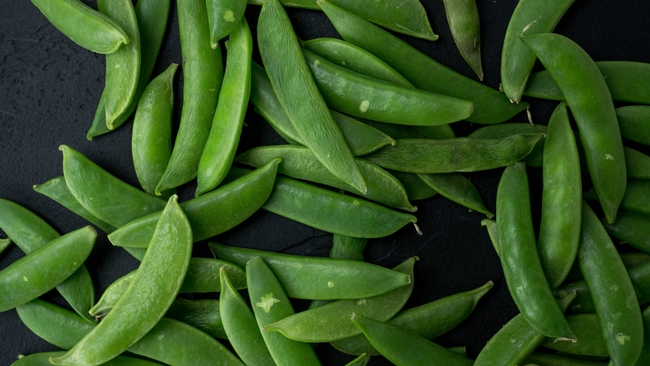
Another winter/spring veg, Snap peas (mateusz-feliksik-unsplash)
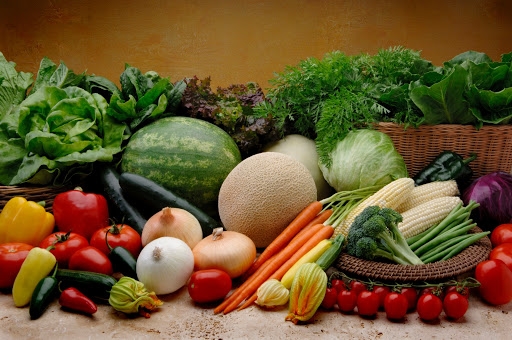
Get ready for summer vegetables and fruit (UC Food Observer)

Summer (wild) flowers (Pixabay)
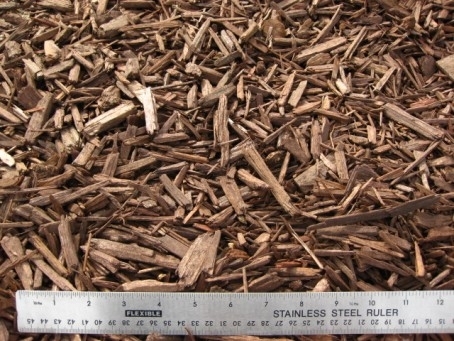
Bark chips are a great mulch around trees (UC ANR)
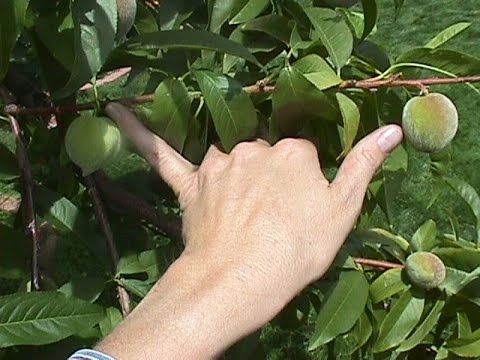
Thin stone fruit this far apart (YouTube)
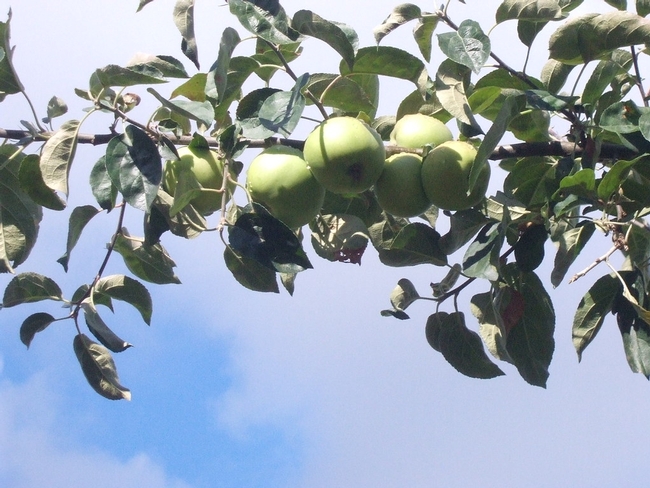
Thin apples and pears to one per cluster (theoelliot, zenger farm apples)
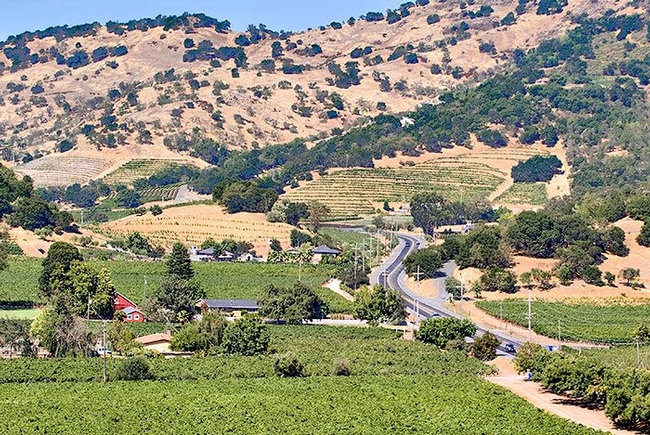
Water when the grass on the hills turns brown (Pinterest)
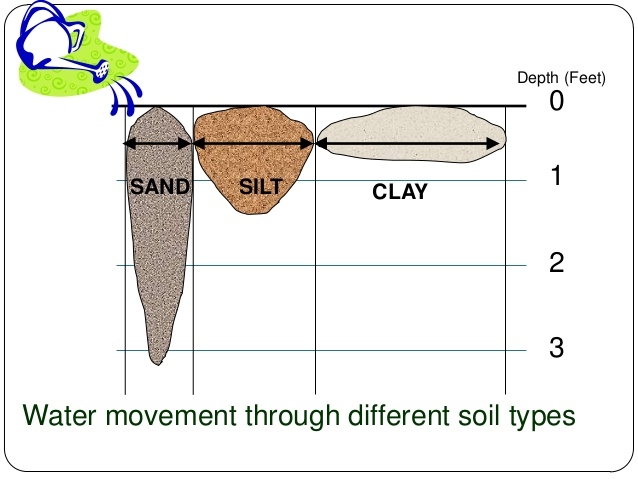
The amount of water needed depends on your soil (Coronado Times)
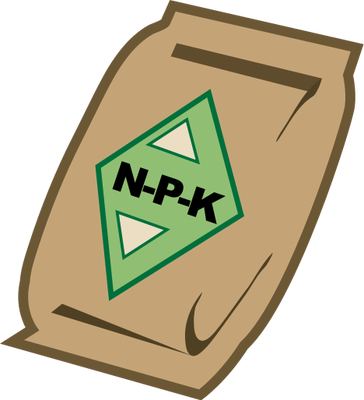
Please always read and follow label directions (Ya-Webdesign)